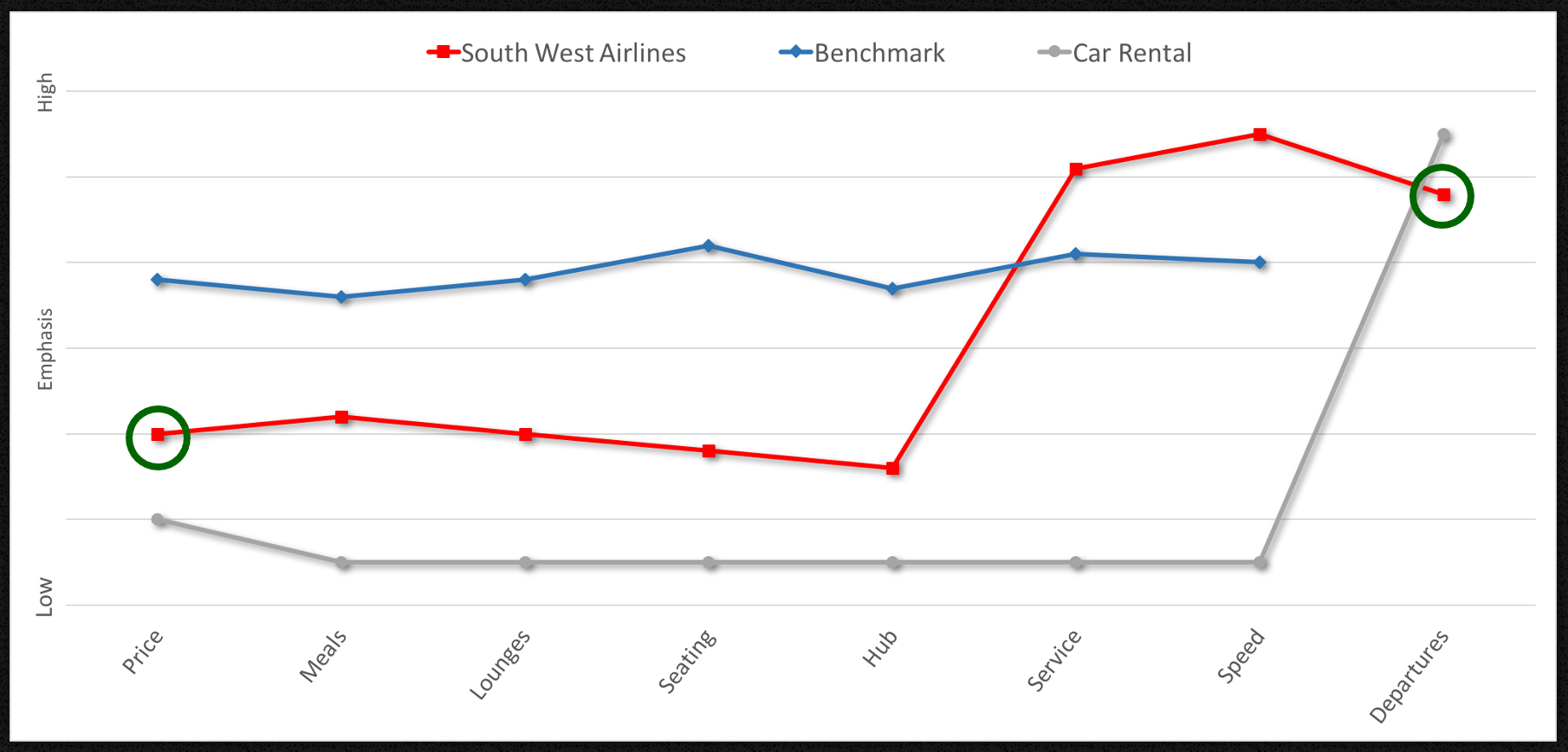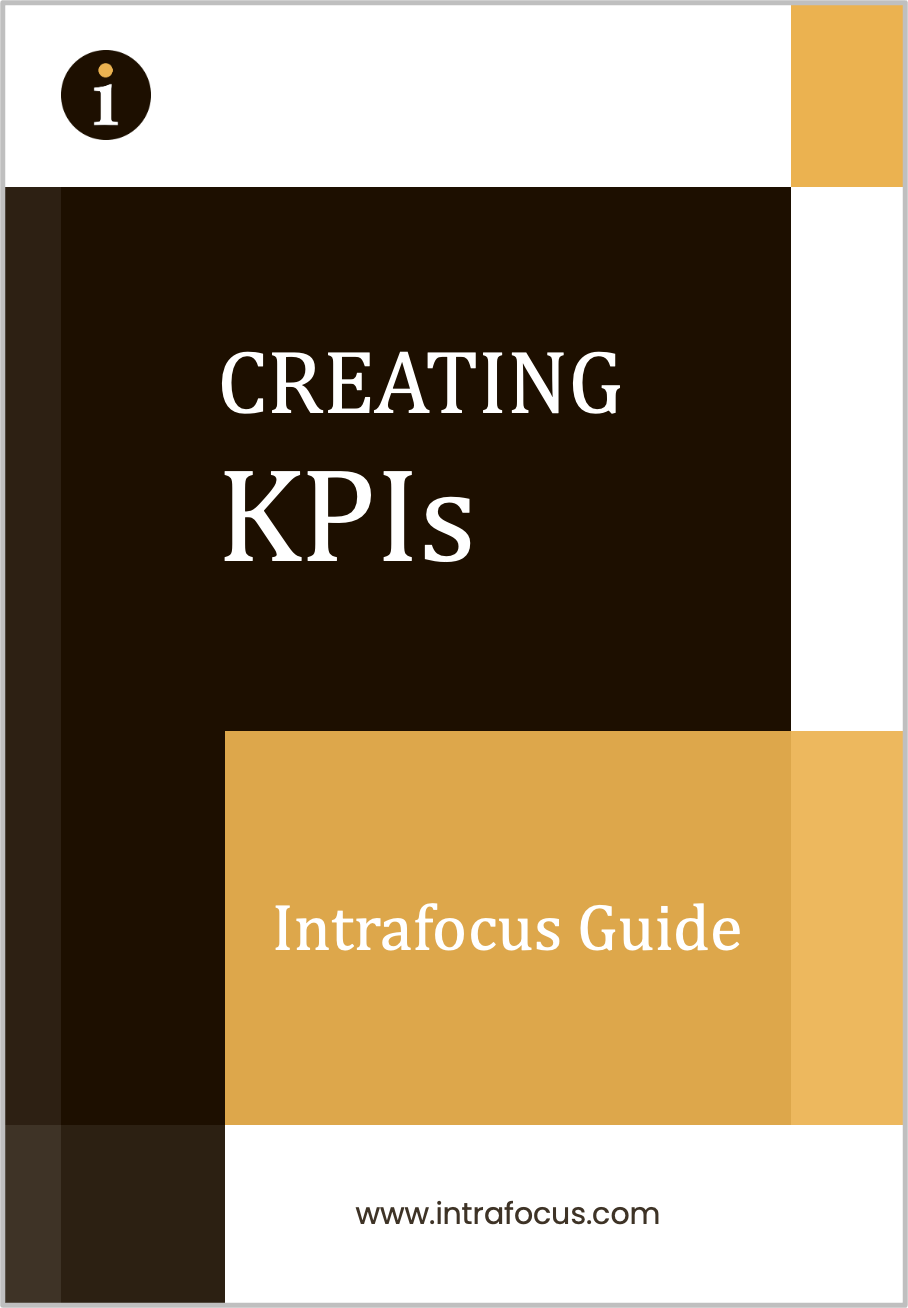by Clive Keyte.
Welcome to the second in our latest series of articles on Strategic Thinking. Last time we looked at Innovation. Today, we are going to look at the Blue Ocean Strategy and a Strategy Canvas
Blue Ocean Strategy
The Blue Ocean strategy describes how organisations can pursue routes of product (or service) differentiation and lower costs at the same time – to create new market spaces and generate demand.
The strategy encourages businesses to stop looking for ways to compete in a crowded market place. Instead, it guides organisations to leave the competition behind and go out to create new markets of their own; working out what customers REALLY want, and then being the first to provide it in an uncontested space. In this way, it makes the threat of competition irrelevant and allows the successful organisation to provide something new and market-ready to interested customers.
Re-creating the way organisations think
Crucially, the Blue Ocean strategy is based on the view that industry structures and market boundaries aren’t really fixed, or even necessarily in existence in the first place. Instead, it shows organisations can use the right beliefs and strategies to create their own ‘blue ocean’ market from scratch.
Contrast this to the typical ‘Red Ocean’ strategy, which encourages businesses to compete in existing market spaces, exploit existing demand, beat the incumbent competition and make a trade-off between value and cost. Essentially, scrabbling for scraps rather than creating something new and valuable elsewhere!
The strategy can be wonderfully visual:
- In the red ocean, fierce competition results in bloody waters and business try to beat their rivals in a zero-sum game.
- The blue ocean is attractive and competition free. The business that discovers it can create a new industry based on value innovation, and leave competitors behind to fight with each other over the scraps!
Ultimately, the Blue Ocean strategy encourages organisations to think about a differentiated strategy.
Does Blue Ocean work?
Absolutely! After the original Blue Ocean Strategy book was published by W. Chan Kim and Renée Mauborgne in 2005, it rapidly became a must-read book for strategic thinkers and sold over a million copies. The research in it spanned over 150 strategic moves made within 100-year timespans across 30 industries!
A Blue Ocean example
There are lots of examples of businesses who have used Blue Ocean to reengineer their businesses – across industries such as air-travel, computing and automobiles. But one interesting one is the famous Cirque du Soleil.
Cirque du Soleil was created by Guy Laliberté, who had worked as a street performer. He saw the red ocean of existing, traditional circuses, and decided to create something entirely new; a vision of theatrical entertainment that was in a ‘blue ocean’ of its own, combining circus and acrobatic skills with adult theatre, and setting each performance to original music scores and a storyline. The result was a high-end and world-famous experience that sells out instantly everywhere that it tours.
What is the Strategy Canvas?
If you’re involved in business strategy in any way, then you may already have heard of the Strategy Canvas, which is a tool used by the creators of Blue Ocean Strategy.
So how does the strategy canvas help?
The strategy canvas is one of the primary techniques described in the book. It is a powerful methodology for visualisation that is simple to use. The tool doesn’t work to identify market spaces by itself, but it does help strategic thinkers to use a visualisation that leads to the all-important strategic ‘Eureka!’ moment.
A “Strategy Canvas” allowed Southwest Airline to build a compelling Value Proposition
The strategy canvas looks disarmingly simple – it’s a line graph that takes a business’s factors or functions and maps them against their importance. over the top of this grid, it overlays industry benchmarks or existing competitors. The resulting graph provides valuable data to help strategic thinkers craft a competitive strategy.
Making the strategy canvas easy
Don’t try to over-engineer a strategy canvas. Its usefulness is in how quickly it can be created. We would recommend that you gather two or three people who have a vested interest in developing alternative strategies, and simply take an hour to go through the exercise. Don’t worry if the factors you use are not exact. The purpose of the exercise is to free your mind from constraint and sail into a blue ocean!
Find out more
Keen to learn more about how the Blue Ocean Strategy could transform your business? Please contact the team at Intrafocus for more information and to discuss your needs. And watch out for our third article in our strategic thinking mini-series – coming soon!




